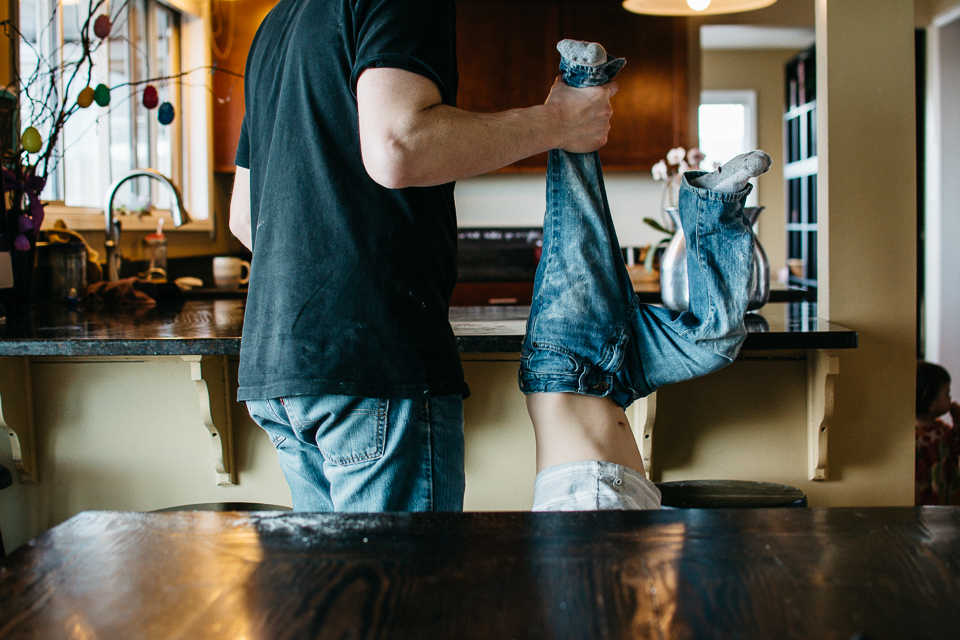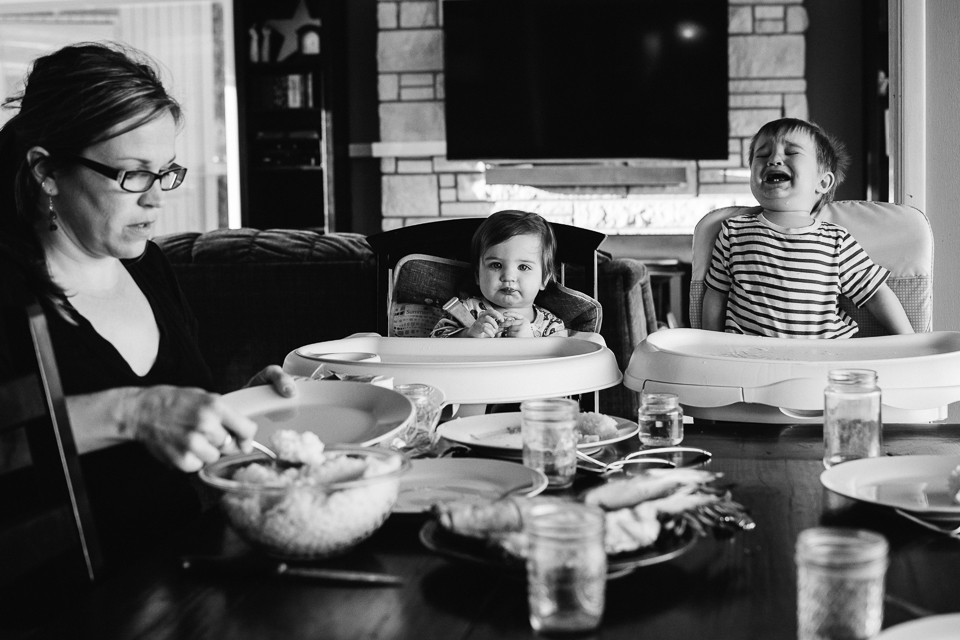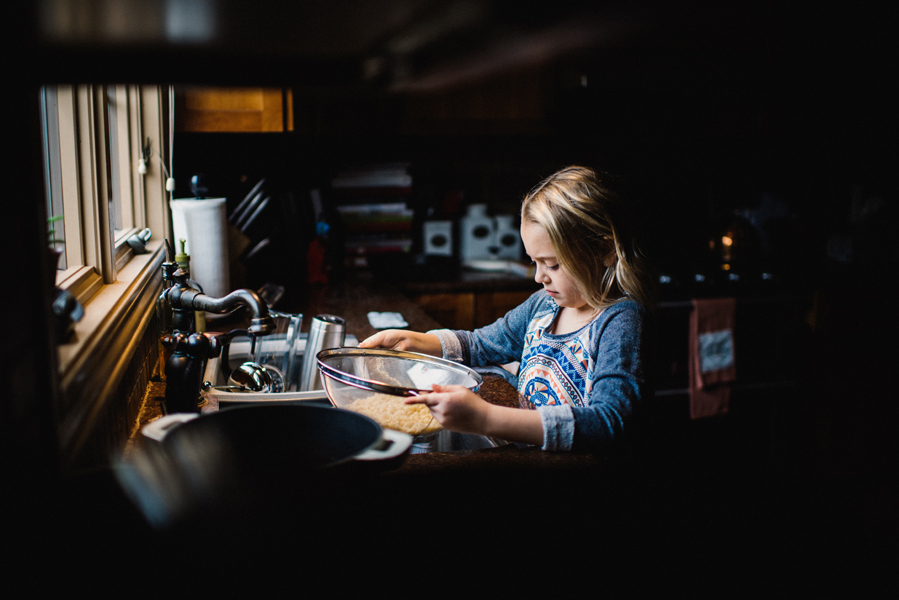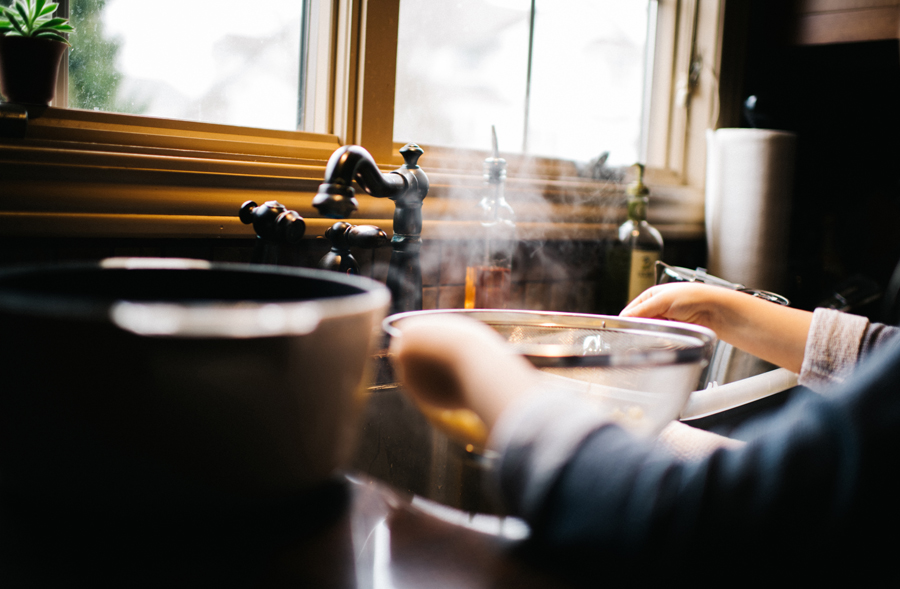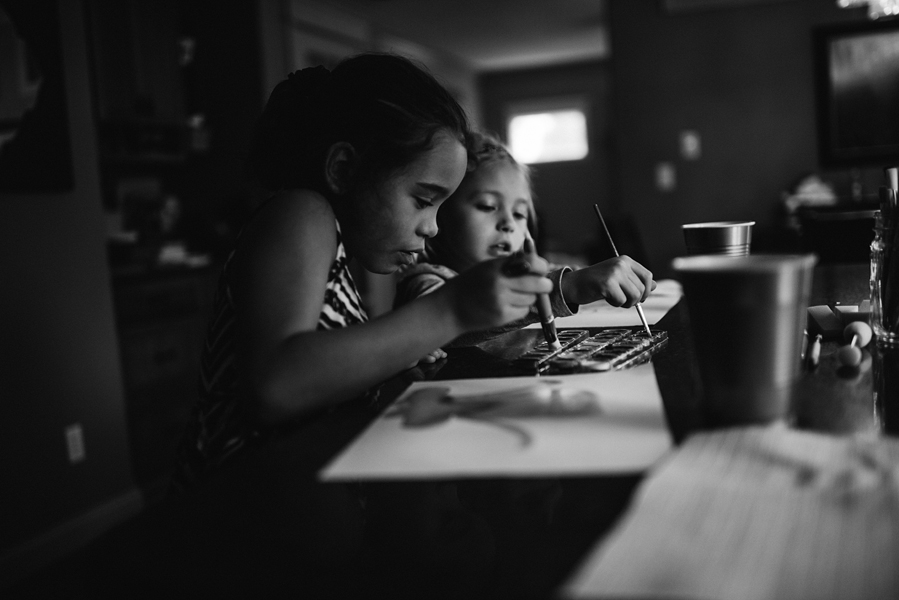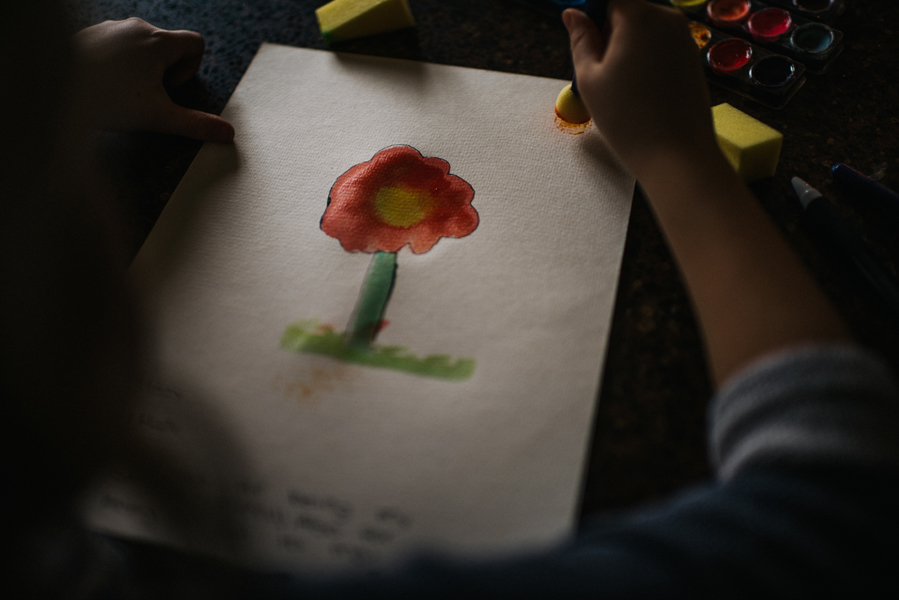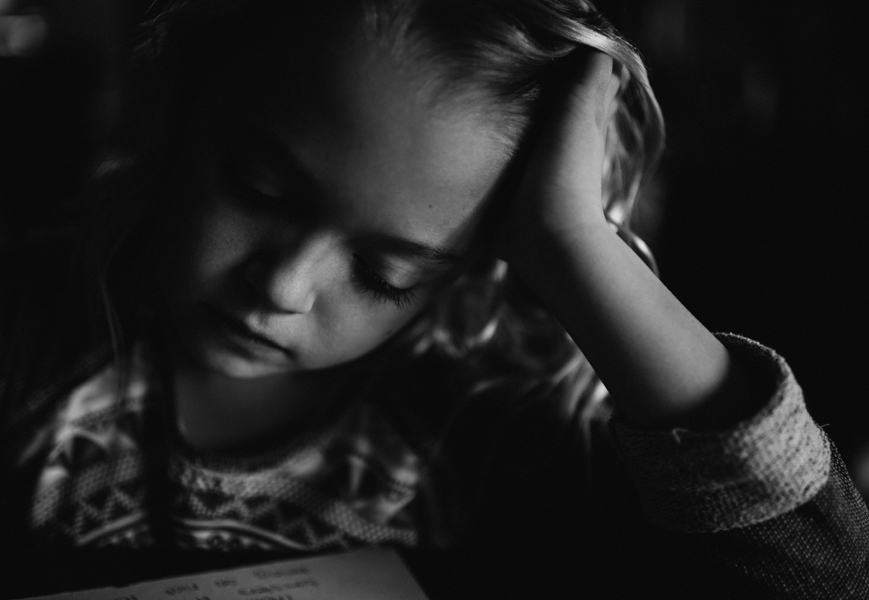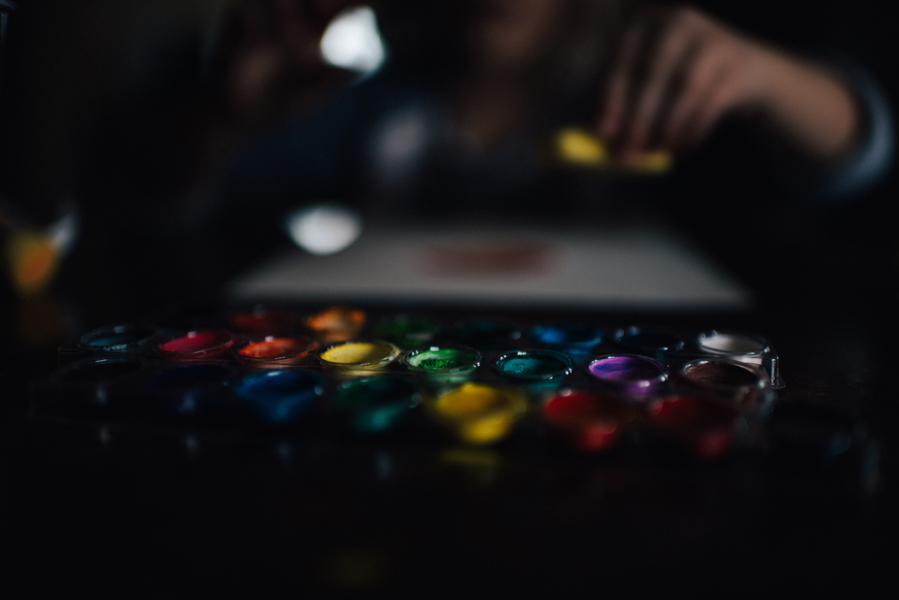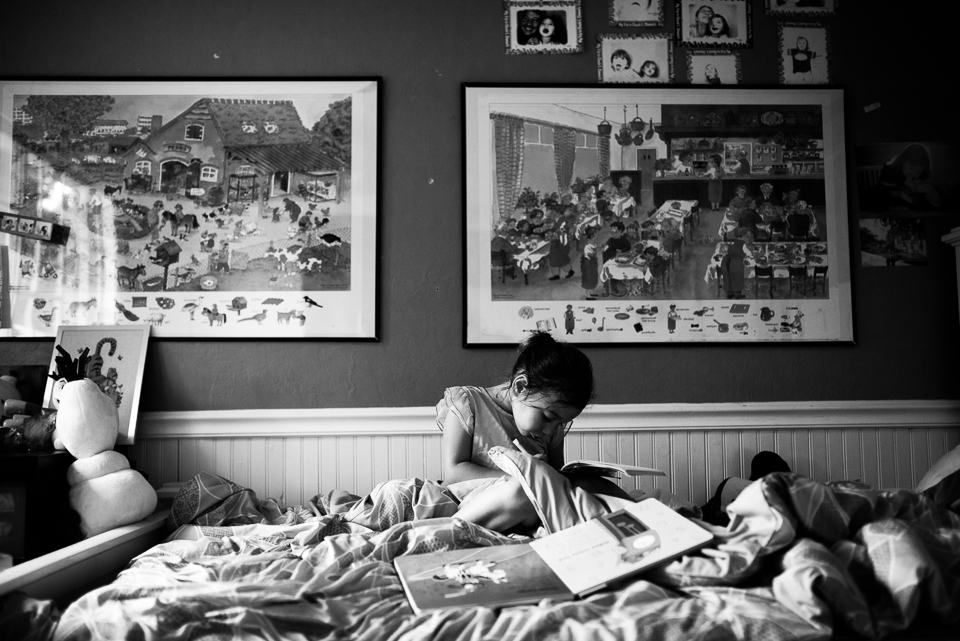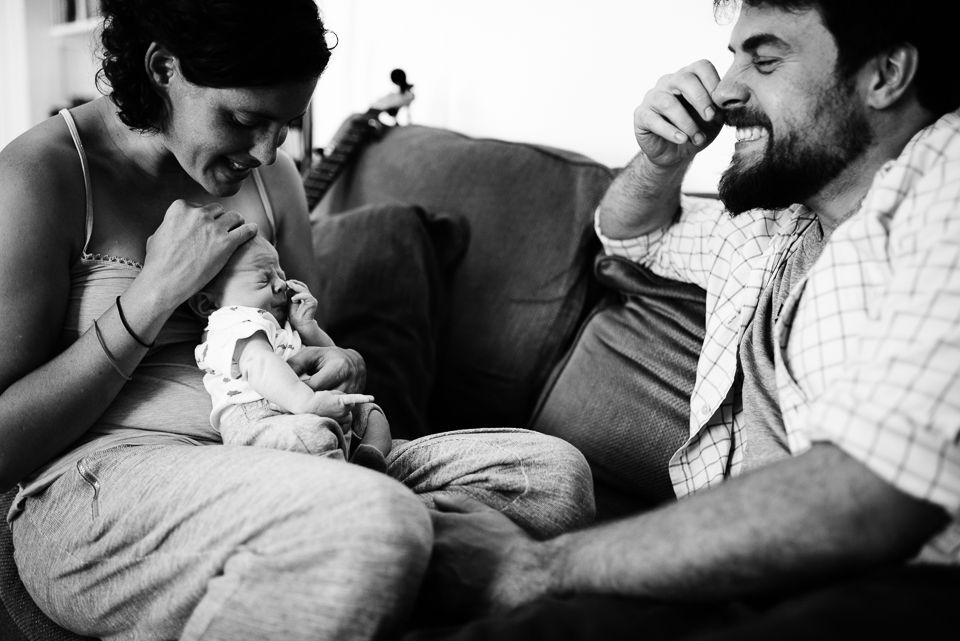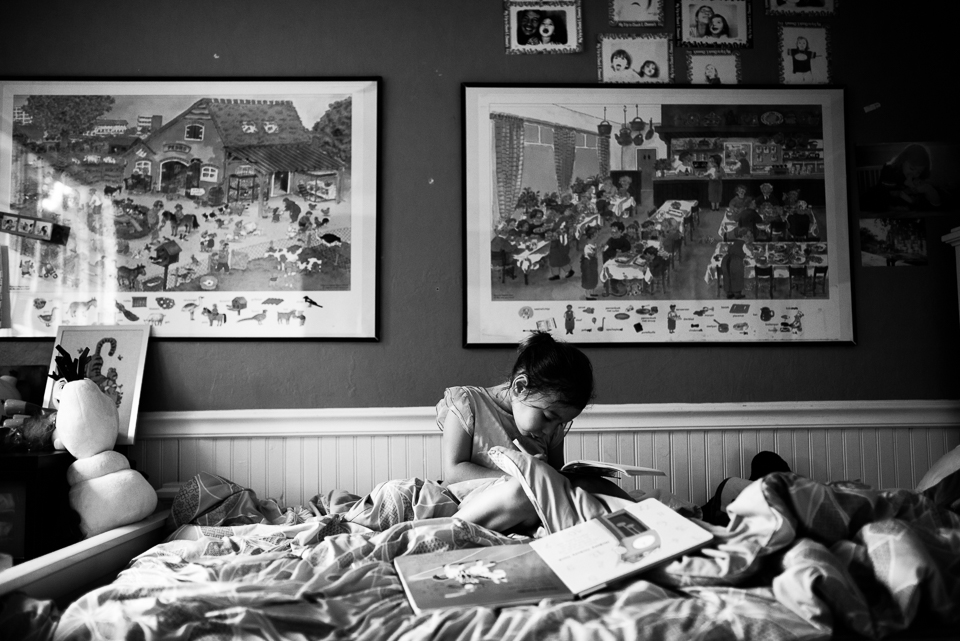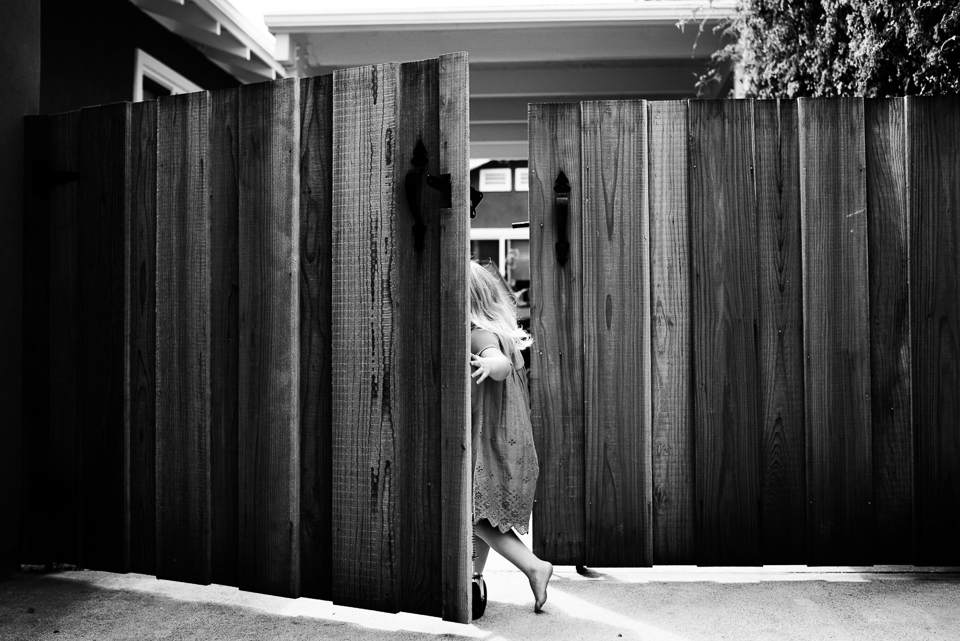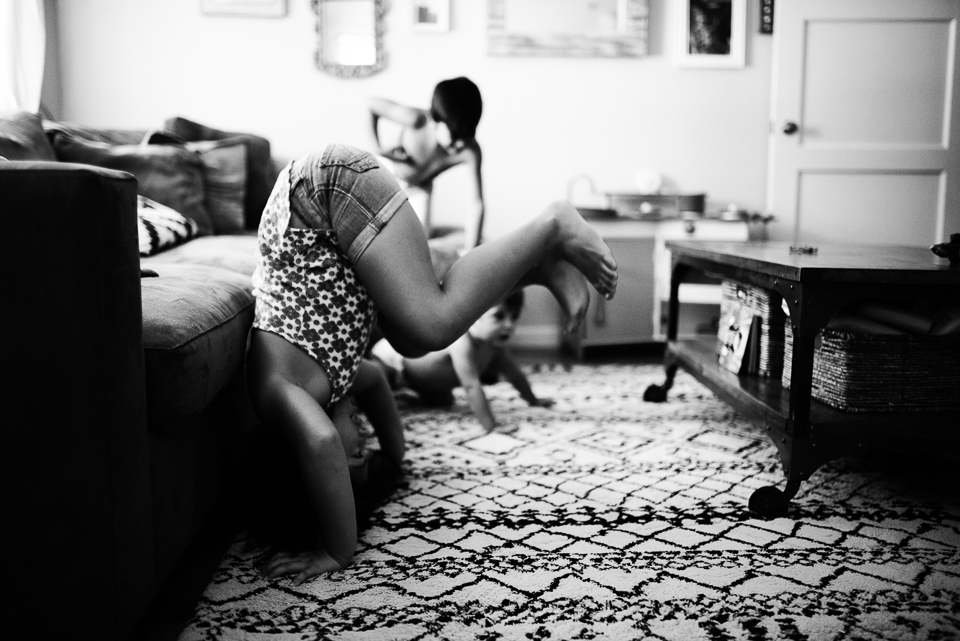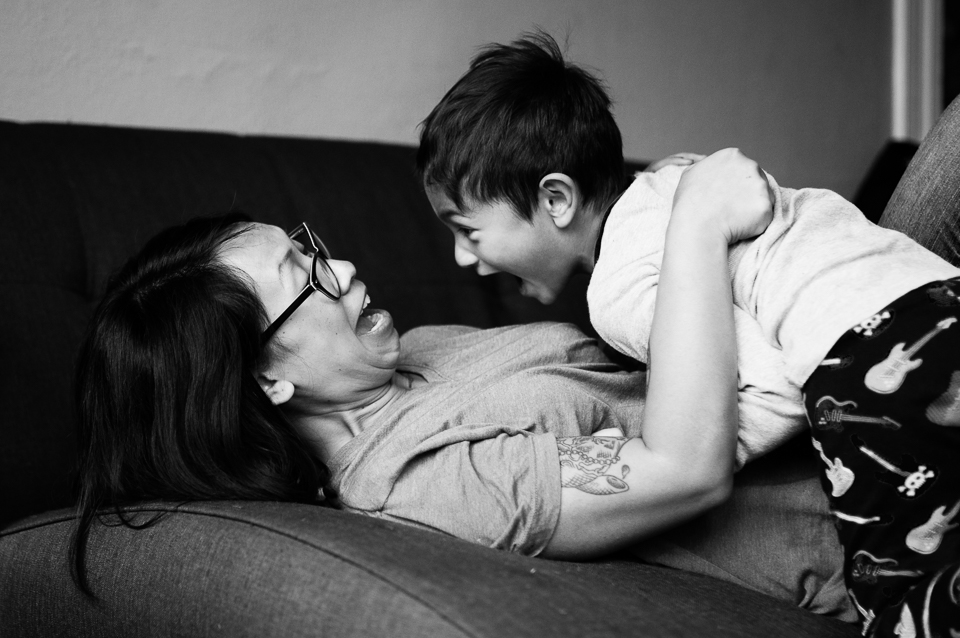Our newest featured artist is Francesca Russell from Long Island just outside New York City. She is a stage manager by trade who picked up a camera in 2007 to document her travels and now recently has transitioned to documenting families. She has a special interest in creating short films for her clients and her family. You can check out some of those films on
Vimeo. You can also keep up with Francesca by visiting her
website. Below is a little more, in her own words, about her method and her work.
I see you have several personal projects going on including a 365 – how do you prevent burnout and continue to take photos you love?
I am a self-professed project-a-holic! I always have multiple personal projects going at the same time – I personally see the most growth for me as an artist through my personal work. It keeps me constantly learning and experimenting, and it challenges me on a daily basis. I recently went back through my blog archives and I noticed a huge leap forward in my photography last summer while doing my “100 Days of Summer” project. Everything I had been studying about light and composition and moment in many, many classes (I’m a learning-a-holic too!) came together through that practice of daily shooting and sharing.
I am currently doing a 365 project and a one-second-a-day (of video) project. I have highs and lows with all my projects – especially the long-term ones. Burnout definitely happens, but I find ways to push through it. There are often days when I don’t want to shoot. To get out of a slump, a few things that I like to try are:
- Change up my environment. Get out of the house and visit a new place with my kids.
- Pull out a different lens that I haven’t used for a while. Recently I pulled out my 50mm which had been collecting dust – I had forgotten what lovely photographs you can get with a 50mm! Now its back in rotation.
- Try something experimental – I pull out a Lensbaby or try freelensing or using a prism in front of the lens. I love the dream-like quality I can get using these techniques in both still photographs and video.
- Find a different subject to shoot. I love photographing my kids, but sometimes its nice to change things up. I’ll go over to a friend’s house and photograph her family, or pull out the tripod and do some self-portraits.
- Go for a walk and pay attention to light and shadow, lines, shapes and colors. Your own neighborhood can be such an inspiration if you really open your eyes to it. I took a class from Lauren Mitchell earlier this year called “Here is Where: Photographing the World Around You” and it was such a game-changer for me. You really can find beauty in the most unexpected of places if you are open to it.
Many of your photos include dramatic pops of color. How do you feel you use color in your images to tell a compelling story?
I love a good black-and-white, but I am usually first drawn to color in my images. It really depends on what the focus of the photograph is. Sometimes keeping an image in color helps draw the eye to what the important elements of the story are, where they would get lost in black-and-white. But then there are other instances, where black-and-white focuses the eye more effectively – especially if there is dramatic light present, or if there are distracting elements in the frame that are best subdued in monochrome. It is really is such an image-specific decision. Since I most often photograph children, I do love to incorporate vibrant color, as it infuses such a fun, happy quality into my images. Color, especially in the environment, can also be such an awesome compositional element. I love looking for bright blocks of color when I am out and about doing street photography.
What would you say is your greatest strength as an artist? Your greatest weakness?
Oh that’s hard! I’m not sure what my one greatest strength is, but a handful of things I think I am most comfortable with (so therefore good at, I guess!) are:
1. Photographing the quiet, in-between moments and connections. I am an introvert (an INFJ) so those are the moments I am most drawn to. I am a quiet observer, both in my personal and client work, which enables my subjects to forget I’m there – therefore allowing me to capture moments that maybe wouldn’t occur if the subjects were more aware of my presence.
2. At client sessions – putting families at ease. I think that comes from being a stage manager for so many years and having to be the calm in the eye of the storm. I definitely know how to just roll with it during a session, no matter what happens.
3. I think my video work is getting stronger and stronger with every film I make. Having a theater background, I am drawn to the movement of video, and I think theater has definitely influenced the way I structure the narrative in my films – its almost second-nature to me, creating the perfect beginning, middle and end with the action building to a climax along with the music.
As for my weakness – doing posed sessions. Occasionally a family will want one posed portrait “for grandma” and I just feel like a fish out of water. When I stage manage, I prefer the position of assistant stage manager because the head stage manager has to do a lot of directing – maintaining the show after the director leaves, and rehearsing understudies and replacements. I HATE directing – so I am happy not ever being a head! The same translates to photography. I am just not comfortable directing people. I am much happier just capturing what unfolds naturally.
How long have you been doing video? How did you learn and do you have any tips for people interested in adding video to storytelling sessions?
I started playing around with DSLR video in 2012. I had been following Xanthe Berkeley on Flickr and through her site for a number of years and in 2012 she created a group on Facebook to share “time capsules” made on 12-12-12. I had made a few fusion photo/video slideshows before that, but that was really the first time I put together a little family film. Since then, I have been taking classes from Xanthe pretty much non-stop. I find her work such an inspiration and she is such a lovely person as well.
As for adding video to storytelling sessions – I shoot a lot of video during my sessions. Once I have shot through a moment and gotten the stills that I need, I always switch to video mode and capture some footage as well. All of my sessions include a fusion video/photo slideshow, and my clients love them! It really does take a lot of practice to shoot both video and stills at a session. My advice would be to just start getting into the practice of doing both with your own family. Make a point to take video everyday along with your photos. After a while it will become second nature to you to capture both. My one-second-a-day project has really helped me with that.
As far as marketing family films – this is still a work-in-progress for me. I am in a difficult market for films in the NYC area, as so many people here work in film/tv and broadcasting. I’ve been told to just keep producing work and sharing it, so that’s what I’m doing. I make at least one film every month. Even if I just keep making personal films forever, I’ll be happy doing that. I love making them. My style for filmmaking is a bit more surreal than my real-life, documentary photography. In my films I like to incorporate a dreamy quality, as though you are looking back at a memory.
Many of your images include a subtle bit of humor and classic childhood narratives; do you feel your previous work in theater has impacted how you compose a frame, how you decide what storytelling elements to include or not include in a frame or what scenes you are drawn to shoot?
I think theater has definitely influenced the way I structure story in my films. As for stills, I don’t think it is as relevant, except when it comes to lighting. I am drawn to dramatic, directional light, and I know that comes from the theater.
My photography is mostly inspired by all the great documentary masters. I have been studying the masters of photography for a lot longer than I have actually been shooting or studying the “how to’s” of photography. I remember seeing an exhibit of Walker Evans’ work at the Met in 2000 that totally blew my mind – especially his subway series. The study of strangers. I just fell in love with it. And then I saw Robert Frank’s “The Americans” on exhibit – twice! I think in both Los Angeles and New York. I absolutely loved seeing his contact sheets from that book – how he decided which frame was the “decisive moment”. Fascinating.
I was so blessed to tour the U.S. and Canada from 2006-2010 with two shows. I saw so many amazing photography exhibits while traveling. Pulitzer Prize winning photographs at the Annenberg Space for Photography in LA, Annie Leibovitz in Washington DC. The Newseum in Washington DC blew my mind. If you like photojournalism, that museum is not to be missed. I spent two days there and couldn’t speak afterward. The exhibits on Hurricane Katrina and 9-11 especially. So incredibly moving.
Currently I am inspired by Vivian Maier (how did she get so many amazing photos while toting around children?! Definitely a challenge for me). I also love Alex Webb. His use of color and layering is awesome. I am inspired by Saul Leiter when it comes to color, especially in an urban environment. Contemporary photographers that I love include Lauren Mitchell, Molly Flanagan, Melissa Breyer, Heather Robinson, Breanna Peterson and Sarah Swanson.
But getting back to theater – I recently took an in-person workshop with Molly Flanagan, and one thing she said about composing a scene that really resonated with me was that she sets up her frame as though she is looking at a stage. She decides exactly what the set is, what elements she wants to include in her scene, and then she waits for her players to place themselves in the perfect spot and for a moment to happen. I loved this explanation of micro-composition and how it relates to theater, and have definitely been implementing it in my own process since the workshop.
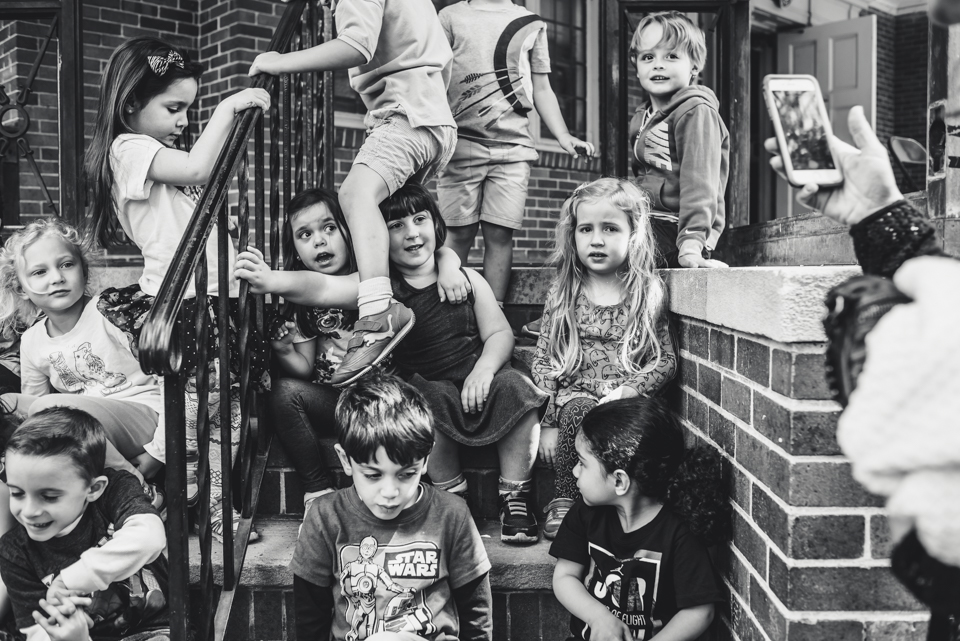
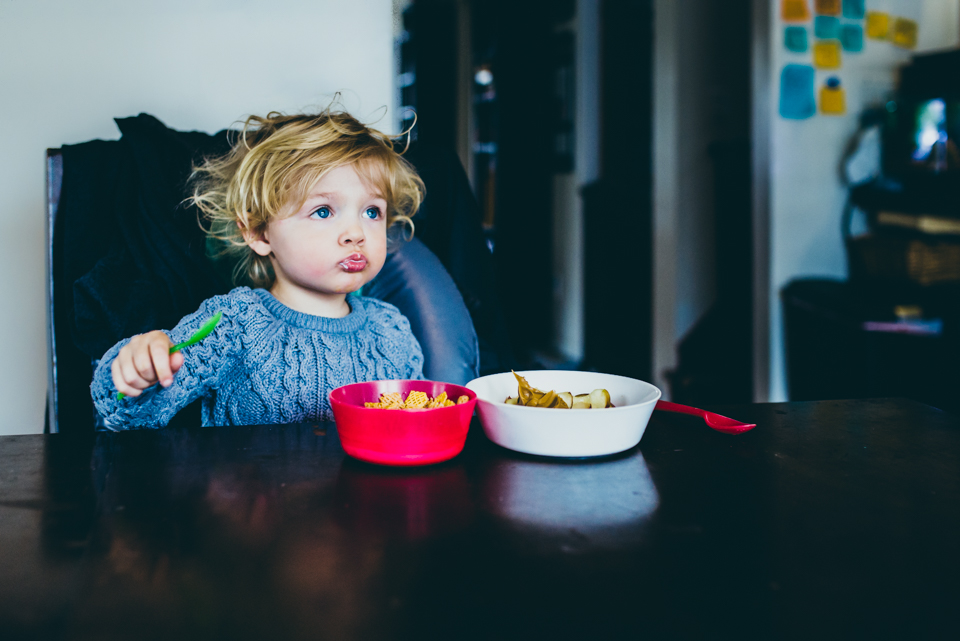
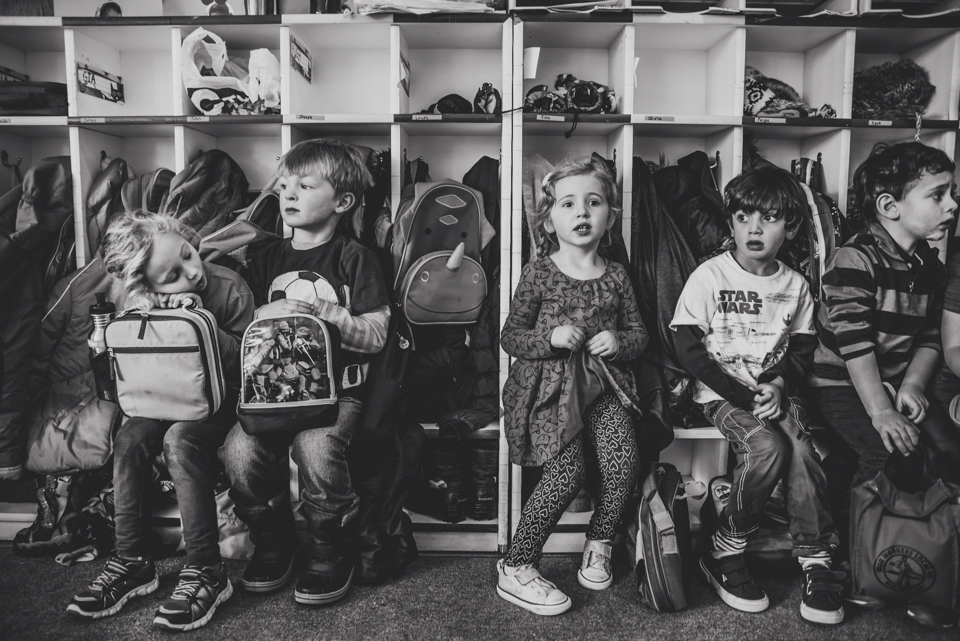
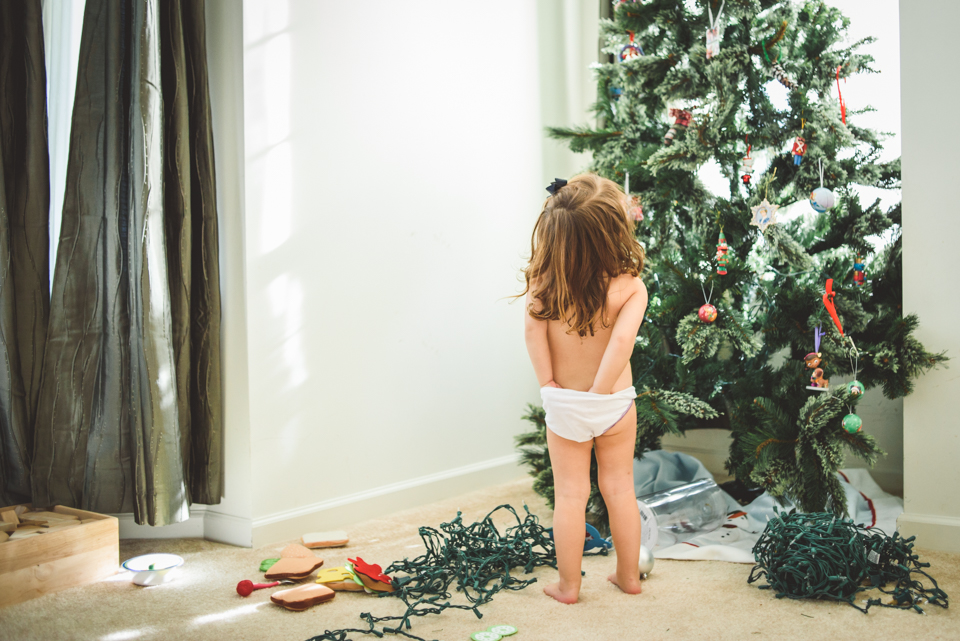
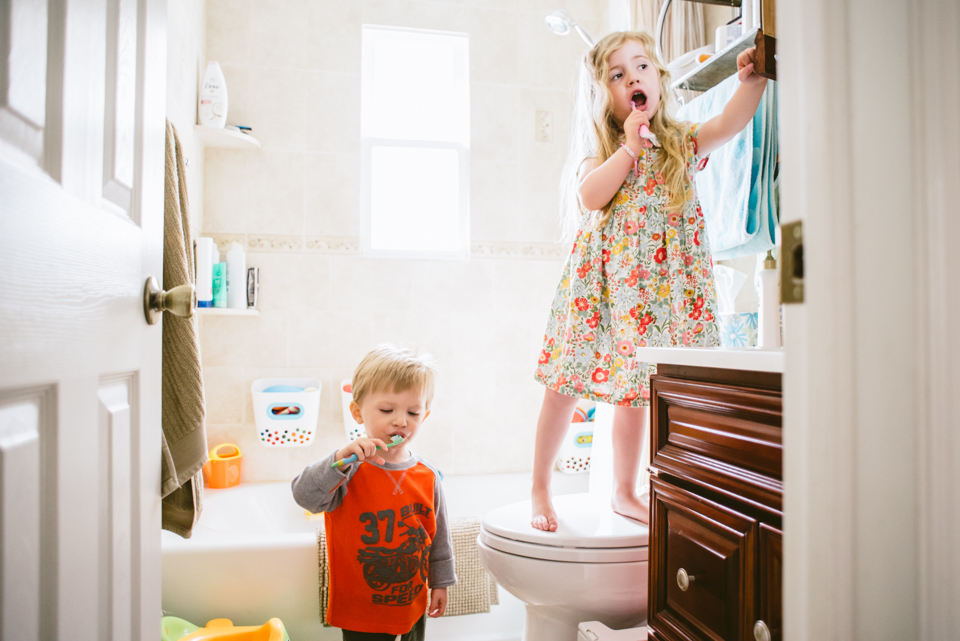
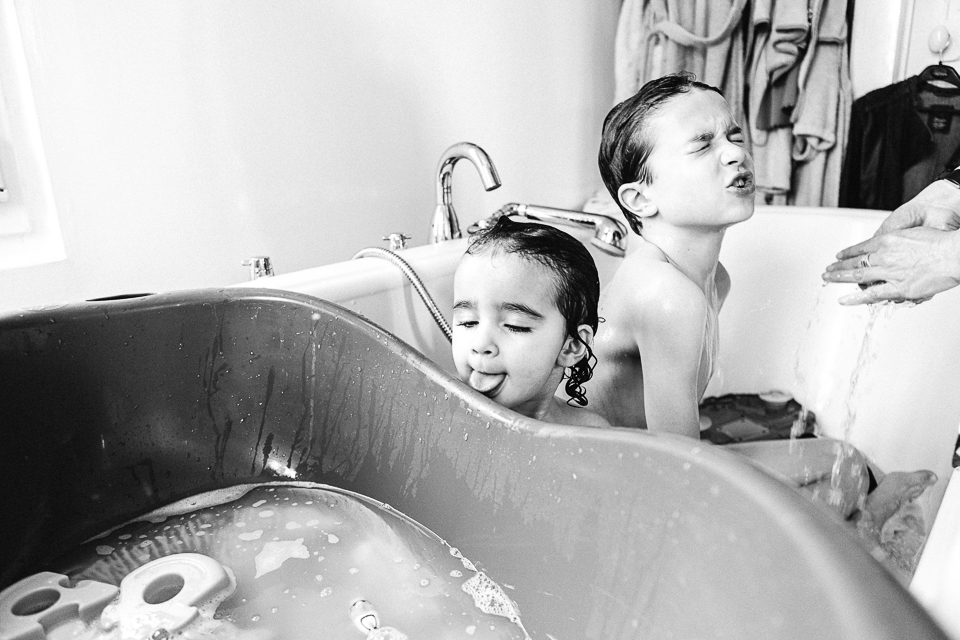
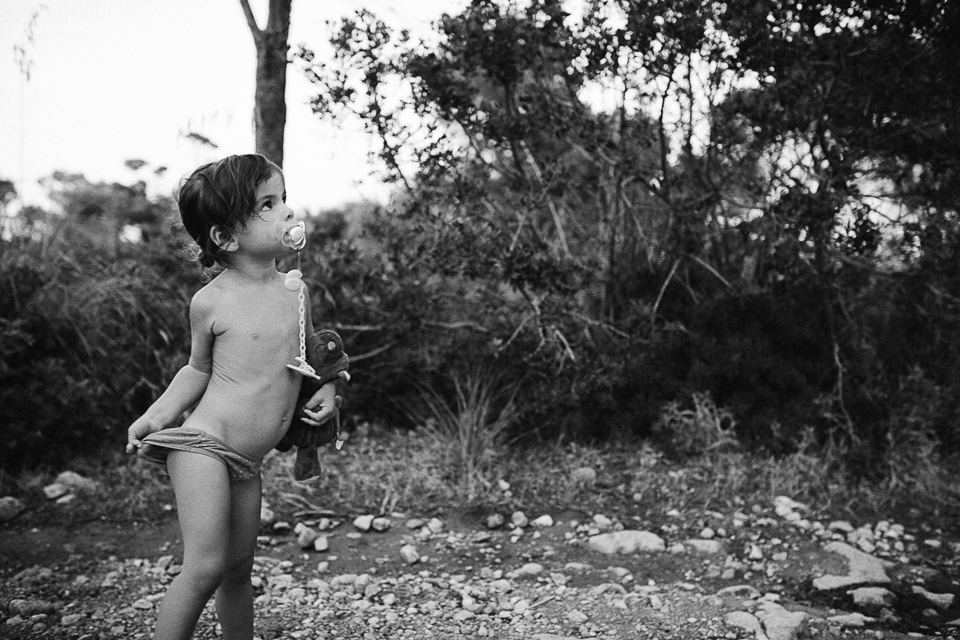
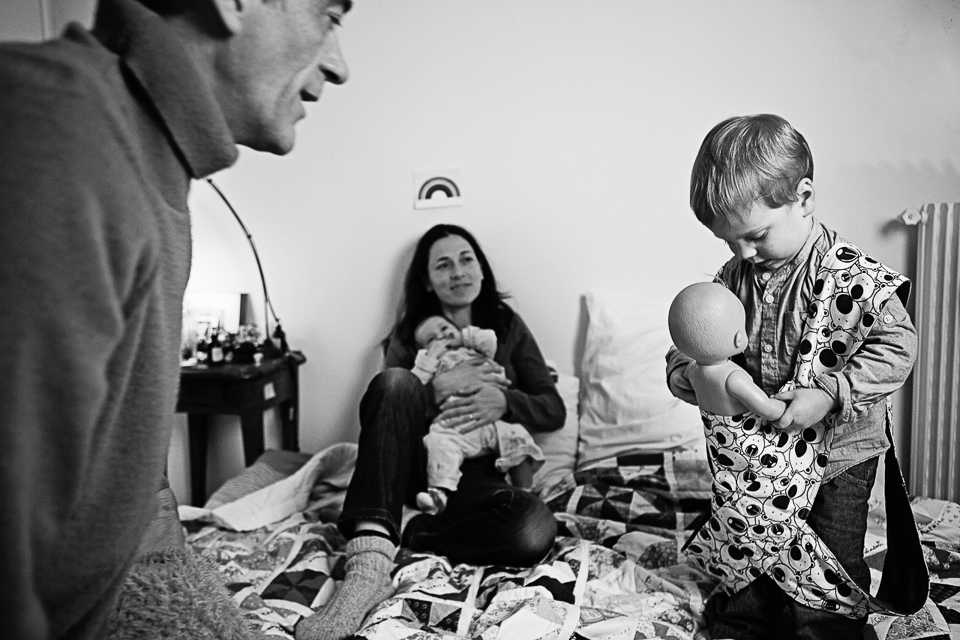
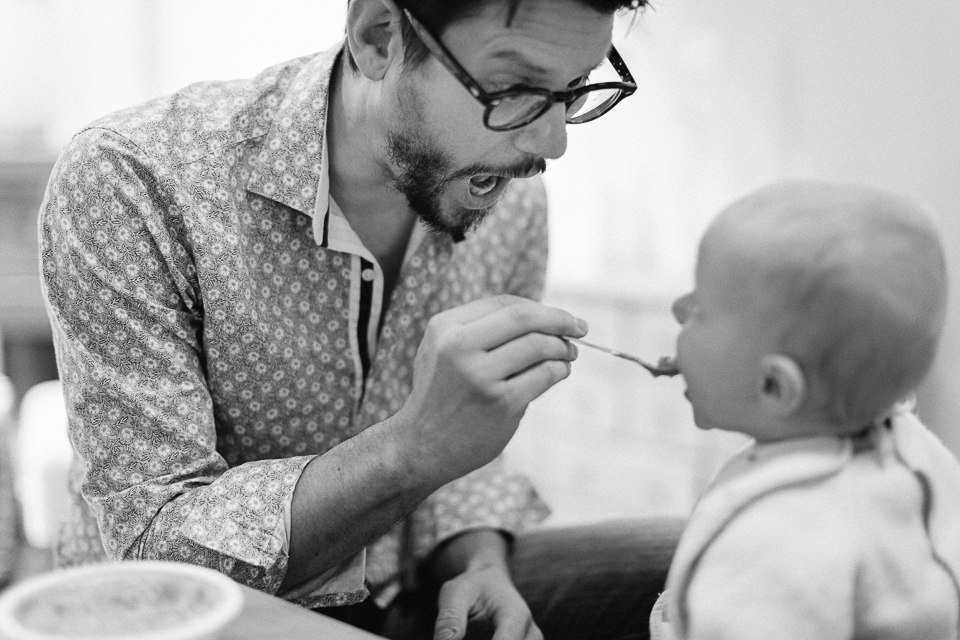
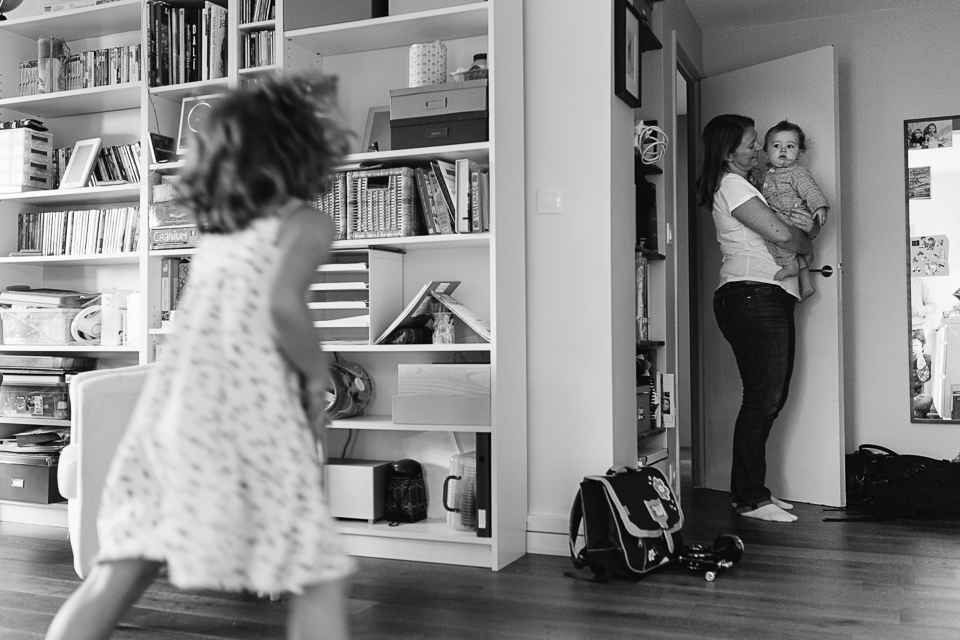
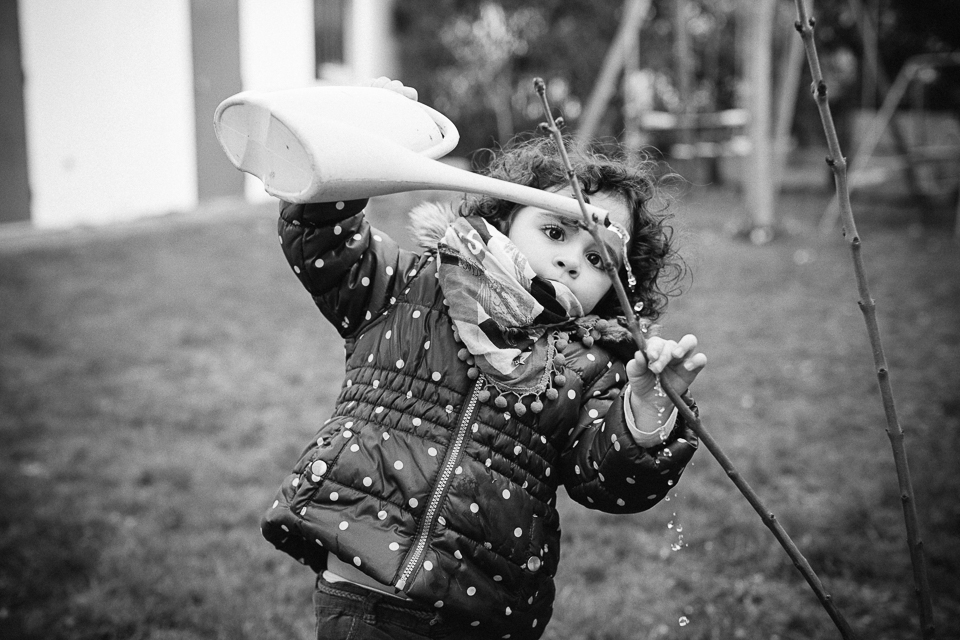
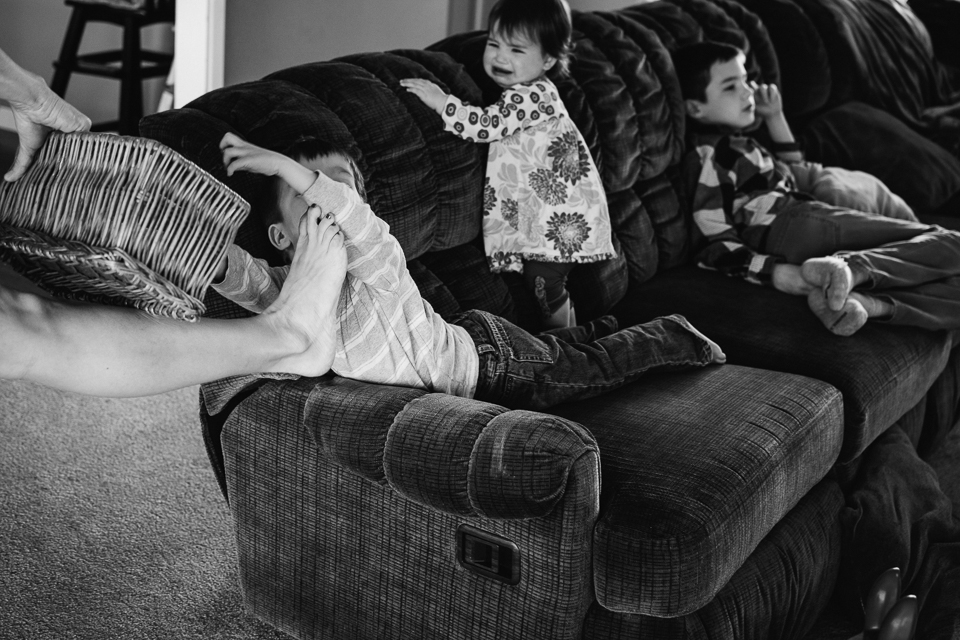
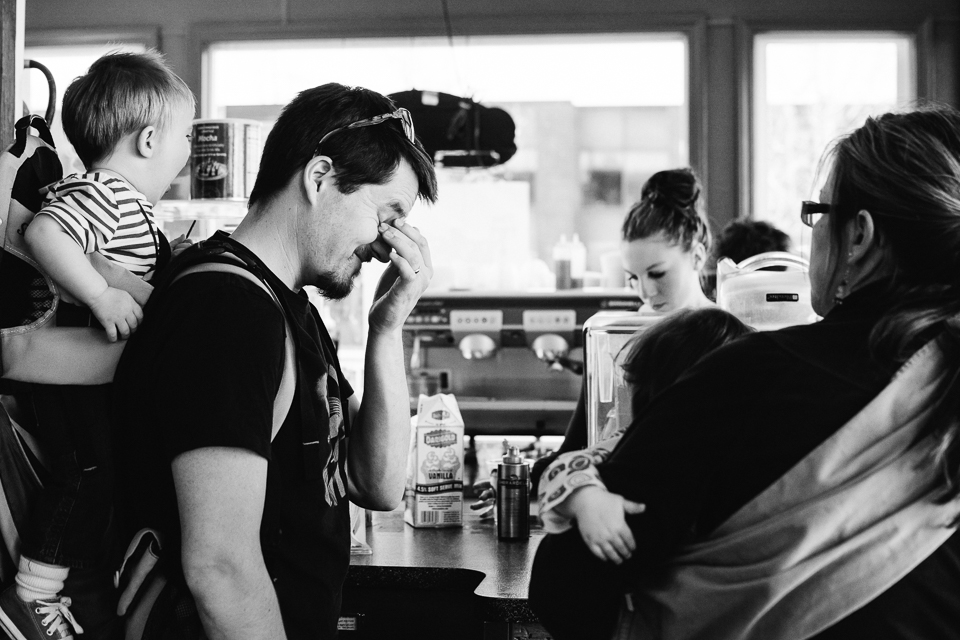
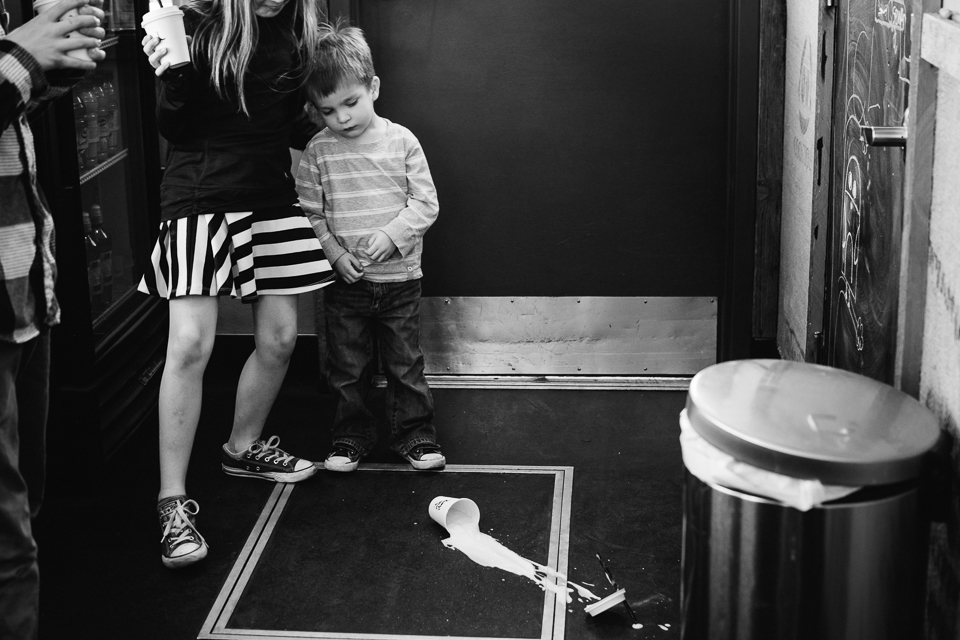 What is the best tip you’ve gotten or learnt when it comes to documentary photography?
What is the best tip you’ve gotten or learnt when it comes to documentary photography?